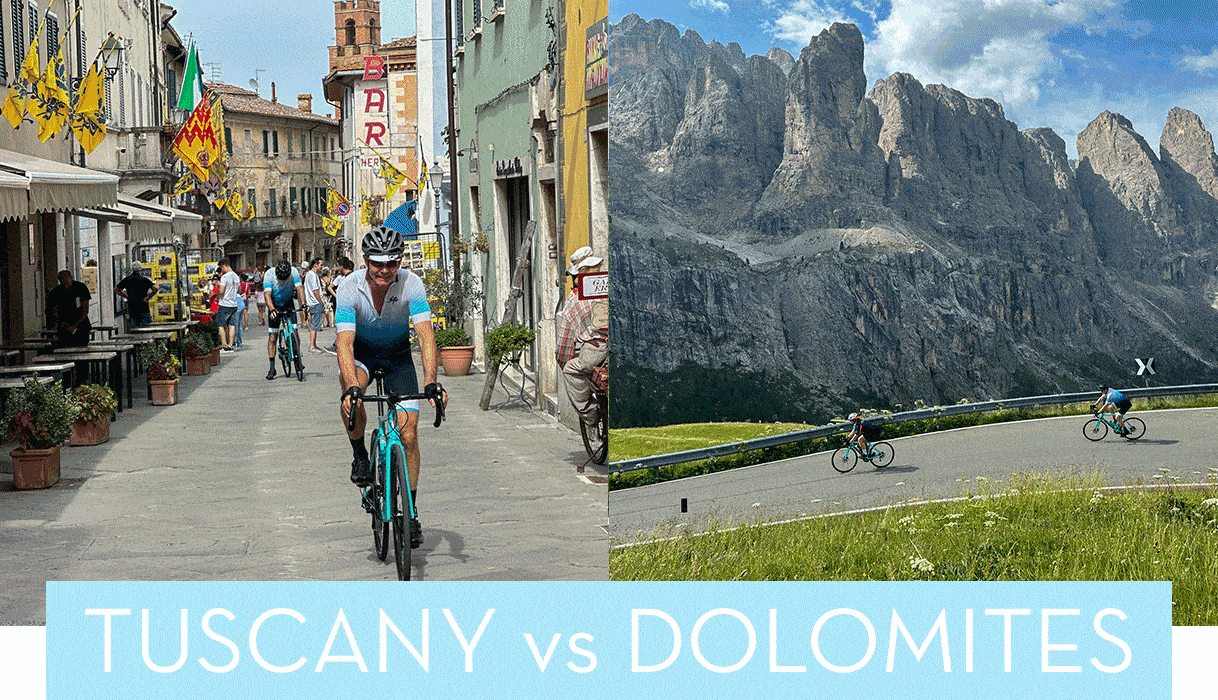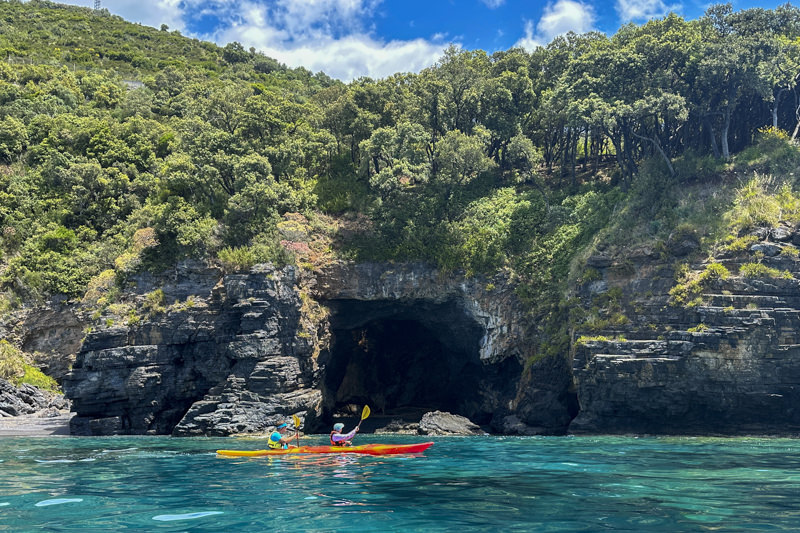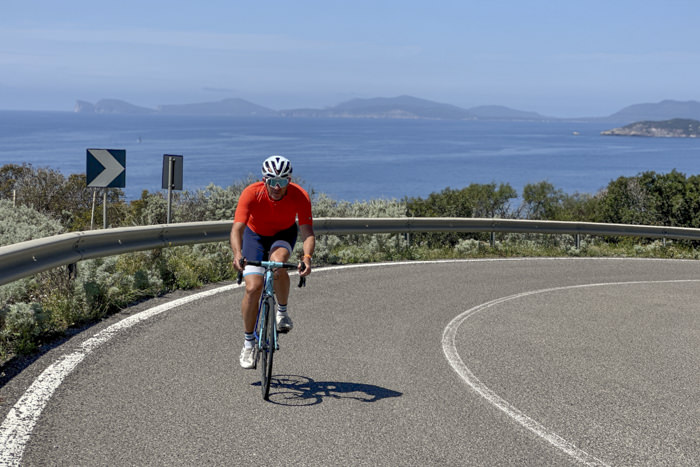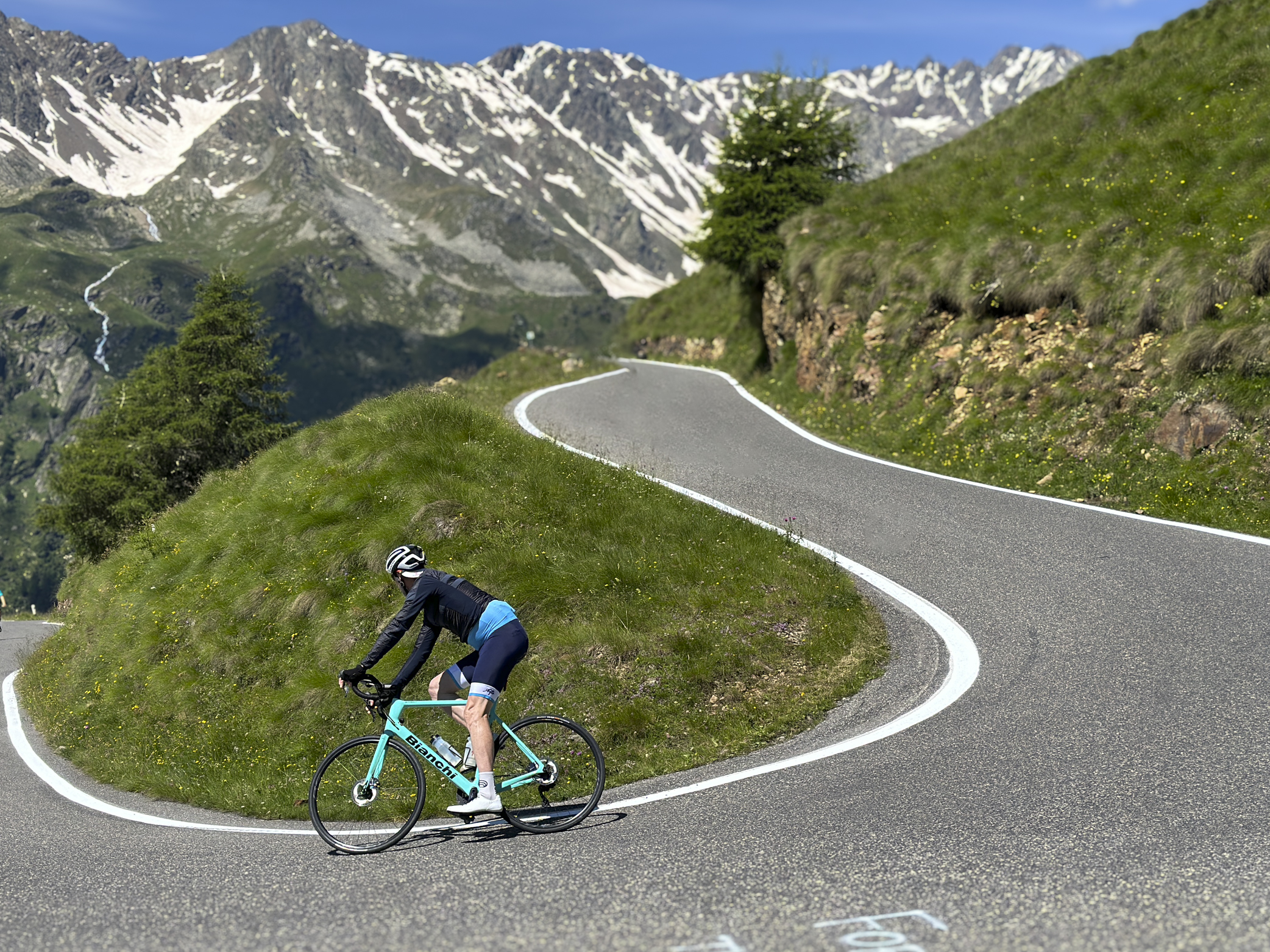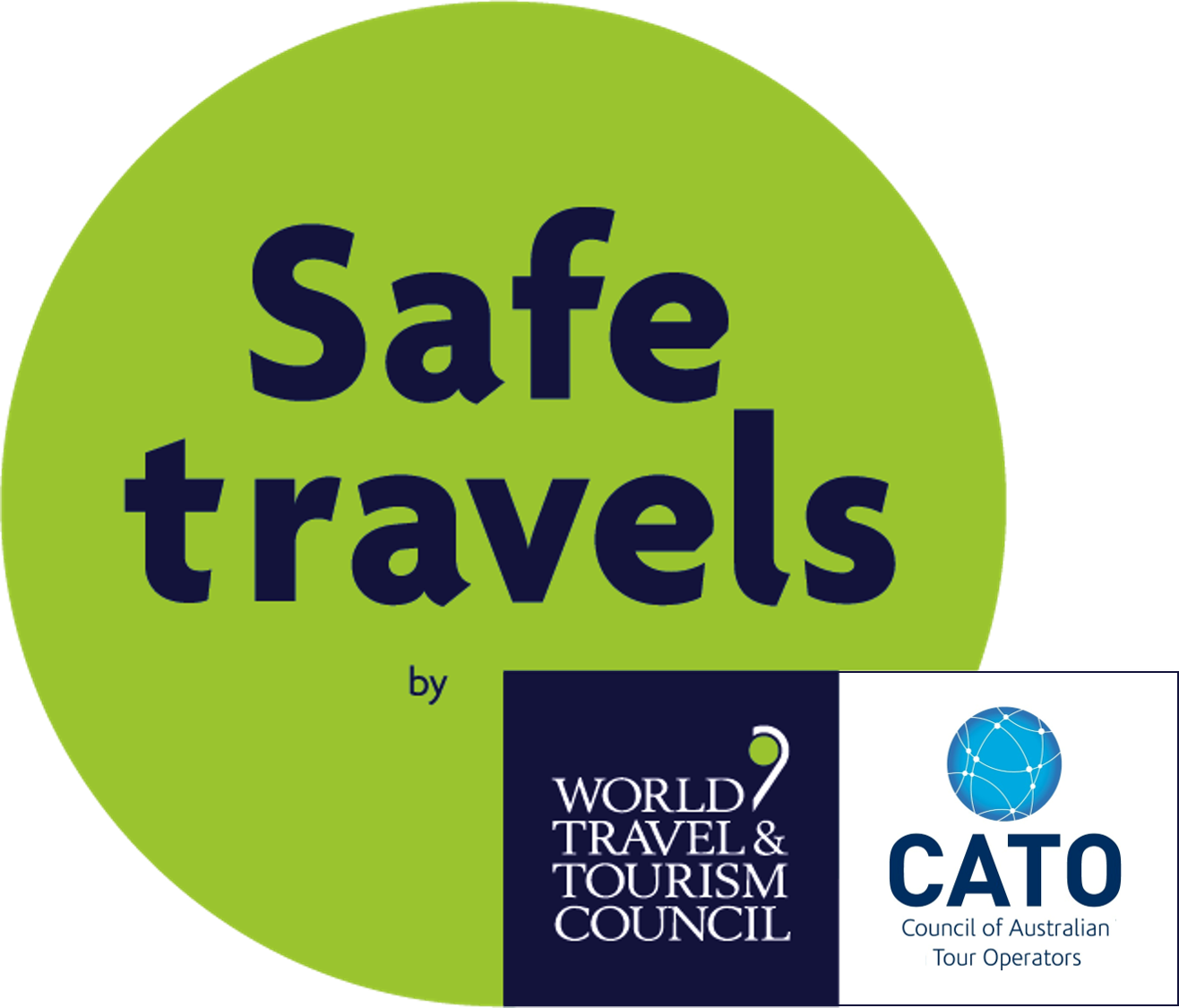Tuscany and the Dolomites are two of the most sought-after cycling destinations in Italy, if not Europe, and with a 8 day/7 night guided tour hosted by us in each location each year, we thought we’d share our answers here to the many questions we receive about how the riding and non-riding partner programs in particular differ for each of these tours.
The landscapes and riding terrain of each region are so incredibly different, yet equally as beautiful in their own distinct way, that we love nothing more than curating an itinerary for our guests that brings out the very best of what they each deliver. From the timeless beauty of Tuscany’s landscapes and the ease of life enjoyed by its warm, open people, to the jaw-droppingly-beautiful peaks of the Dolomites, the amazing quality roads and a mountain culture that combines northern Italian style with an Austrian heart and a unique Ladin influence – guests on both tours leave feeling truly immersed in each region’s distinct culture.
So, how do these 2 starkly different regions of Italy compare from a riding, food, wine and cultural experience on each of our tours, and which is best suited to you? To sum it up, the decision of whether to join us in Tuscany or the Dolomites comes down to the style of climbing you enjoy as a rider, whether you love climbing mountains or hills more, and also the type of overall cycling holiday experience you are looking for. Let’s help unravel this decision for you below8
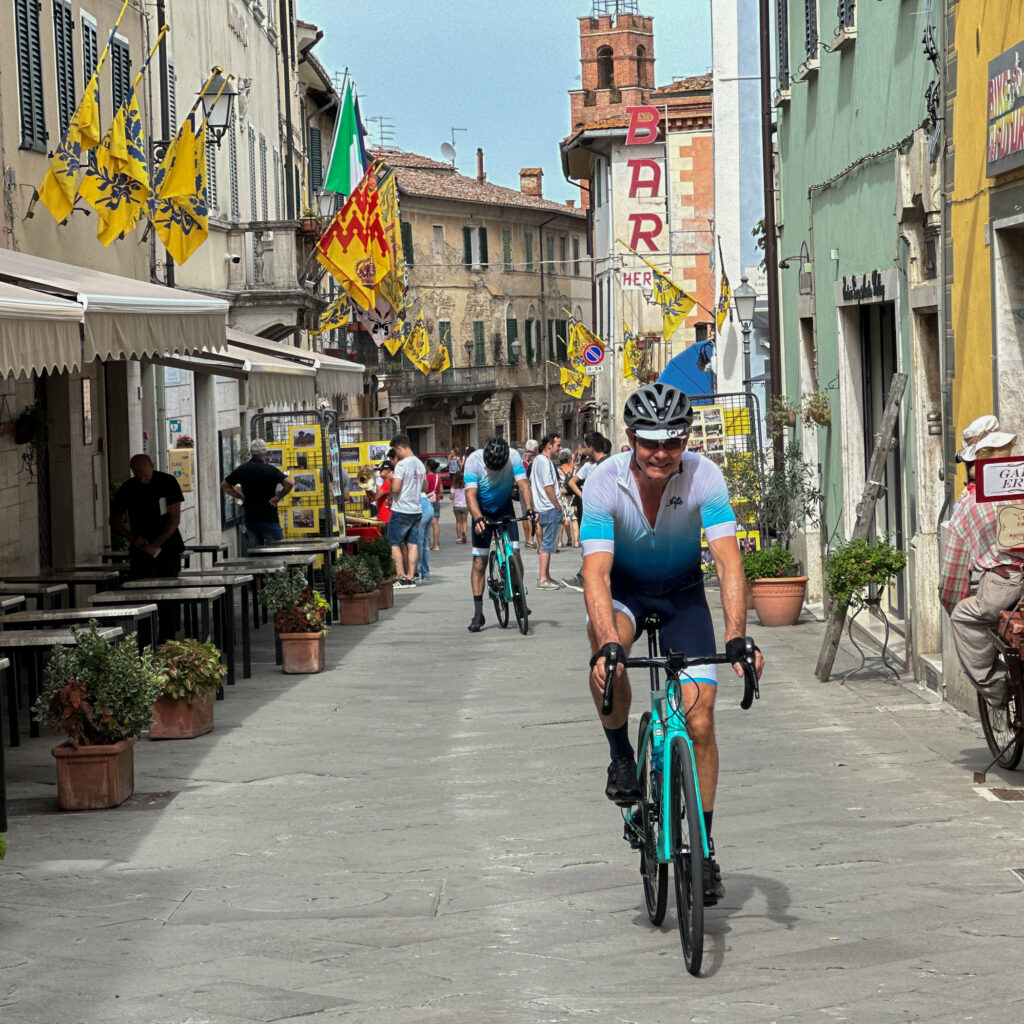
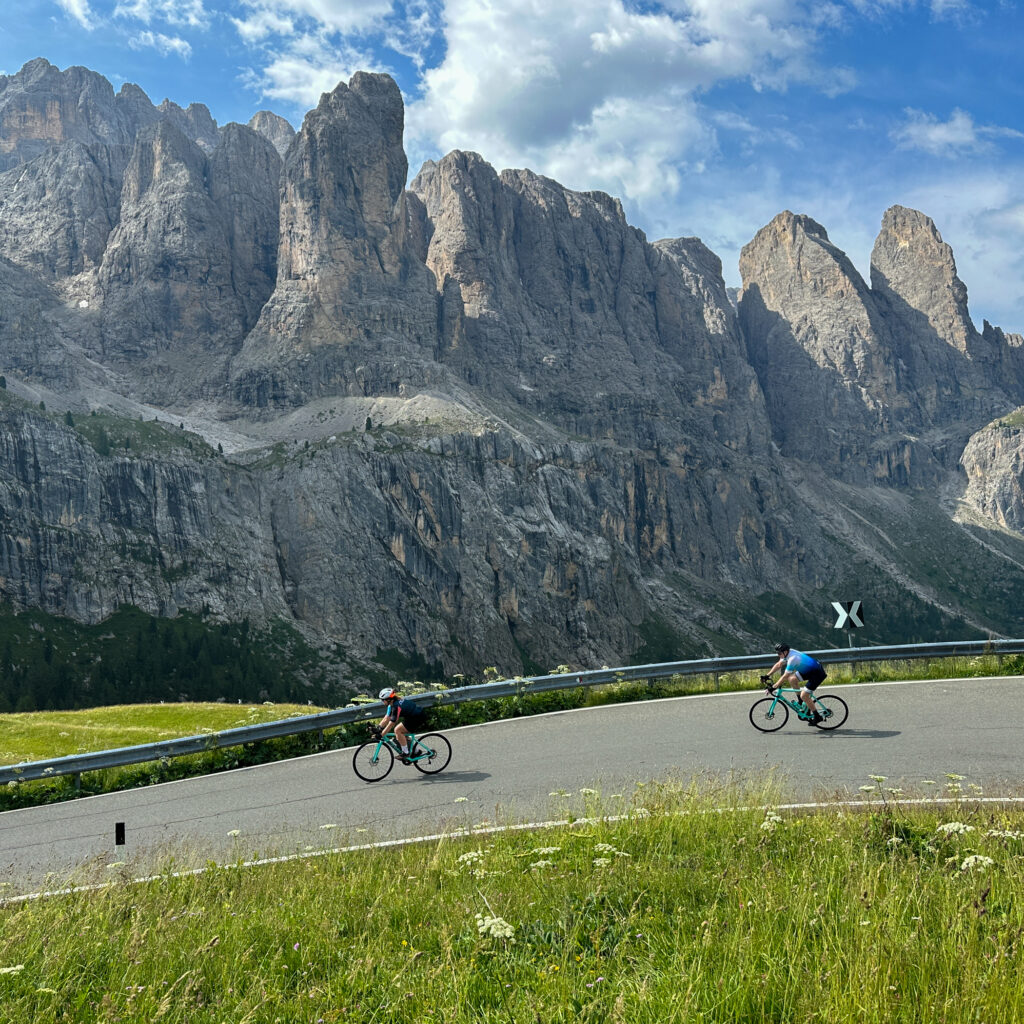
1. How does the riding compare?
Both our Tuscany Cycling Tour and Como, Stelvio & Dolomites Tour traverse some of the most amazing landscapes that Italy has to offer, yet they are so completely different that you could feel like you have landed in two separate countries.
During our Como Stelvio Dolomites tour, you’ll ride 444km and climb 13,425m of elevation. This tour is all about iconic high mountain passes, as we roll from the shores of Lago di Como, up to Bormio and then across to the Dolomites, ticking off as we go a visit to the little chapel dedicated to cycling at Madonna di Ghisallo, the fearsome Muro di Sormano made famous by the Giro di Lombardia, then there’s Mortirolo, Gavia and the majestic Passo dello Stelvio to conquer, before we reach the Dolomites and the awesome Passo Giau, Passo Falzarego and finally, the superb Sella Ronda. This is the ultimate bucket list adventure for the a rider who wants to ride the same iconic mountains and passes that have been etched into Italy’s cycling folklore.
On our Tour of Tuscany, you’ll ride 525km and 9995m of elevation on hills completely laden with olive trees and vines. It’s all about immersing into a region that feels like time has stood still with its renaissance rich heritage, culture and architecture. There is a rule of thumb in Tuscany that for every 20-25km you ride, you’ll climb 400 metres and as a result, it’s a riding experience that takes many by surprise. The adventure begins in Chianti, as we explore the little villages, hamlets and vineyards in the home of the black rooster, the symbol of the local and delicious Chianti Classico. We then traverse changing landscapes to the south of Siena, through the Crete Senesi, and into the stupendous Val d’Orcia. Here we ride through the villages of Montalcino, Pienza and San Quirico d’Orcia before a final trek across to the well preserved stone masterpiece of San Gimignano. This is the very best of Tuscany and has been designed for the rider who wants to have a balance between a great riding challenge and immersion into the quintessential beauty of Tuscany’s renaissance heart.
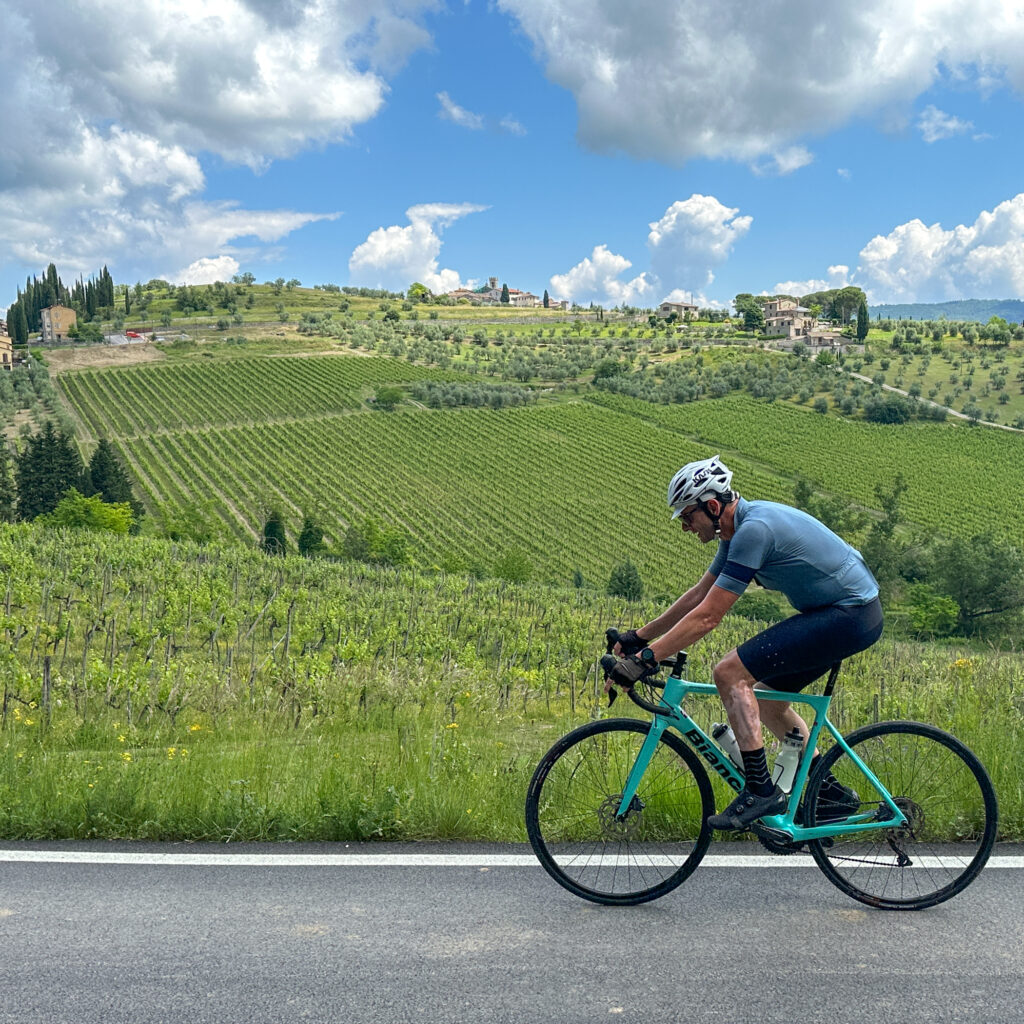
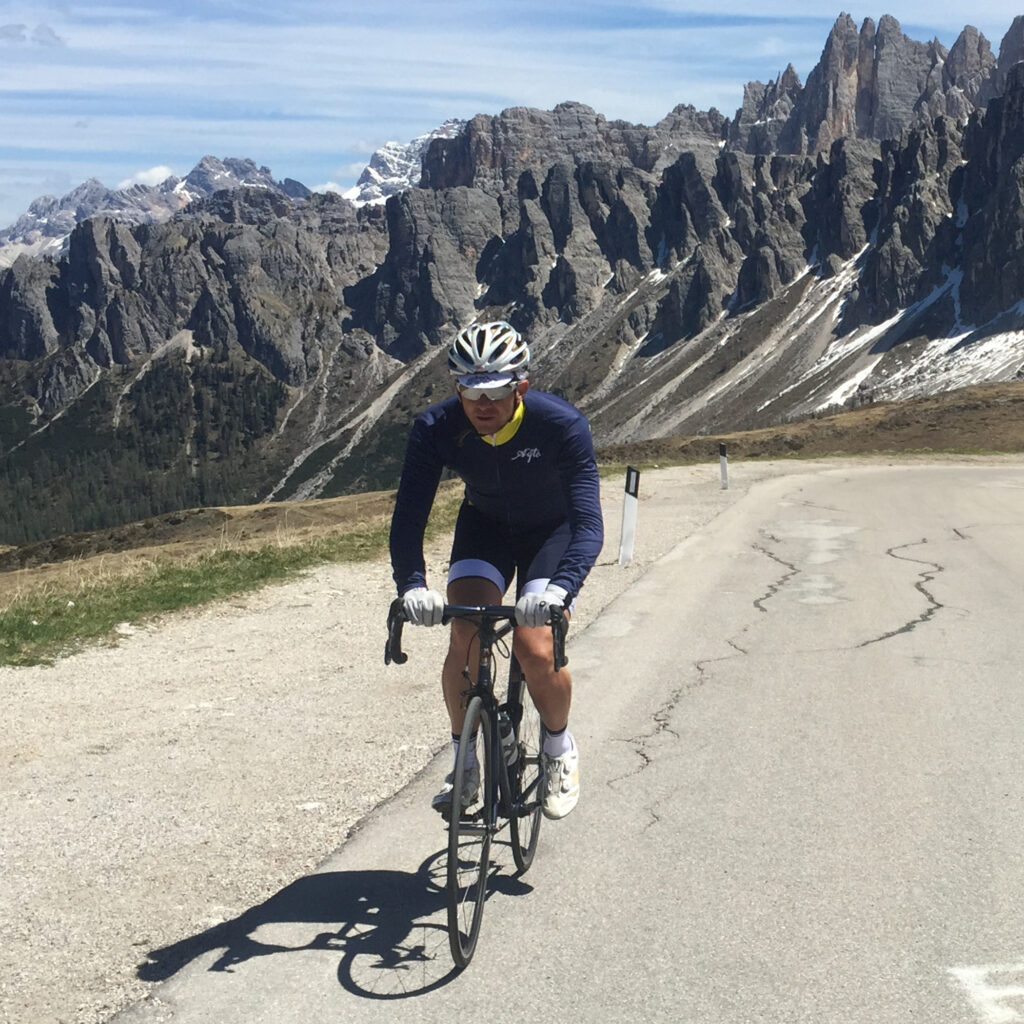
2. What level of fitness do I need for each?
Your fitness level and preparation is super important for both of these tours. It’s not so that you are able to keep up with anyone else, as we have different groups and guides on the road. It’s so that you have the endurance to ride 7 days back-to-back and complete over 10,000m of elevation.
The better your fitness and preparation is before you depart home, the more enjoyable your experience will be on tour,
If you’d like any assistance in working out the best way to prepare for either of these tours, click the link here to send Damian an email.7
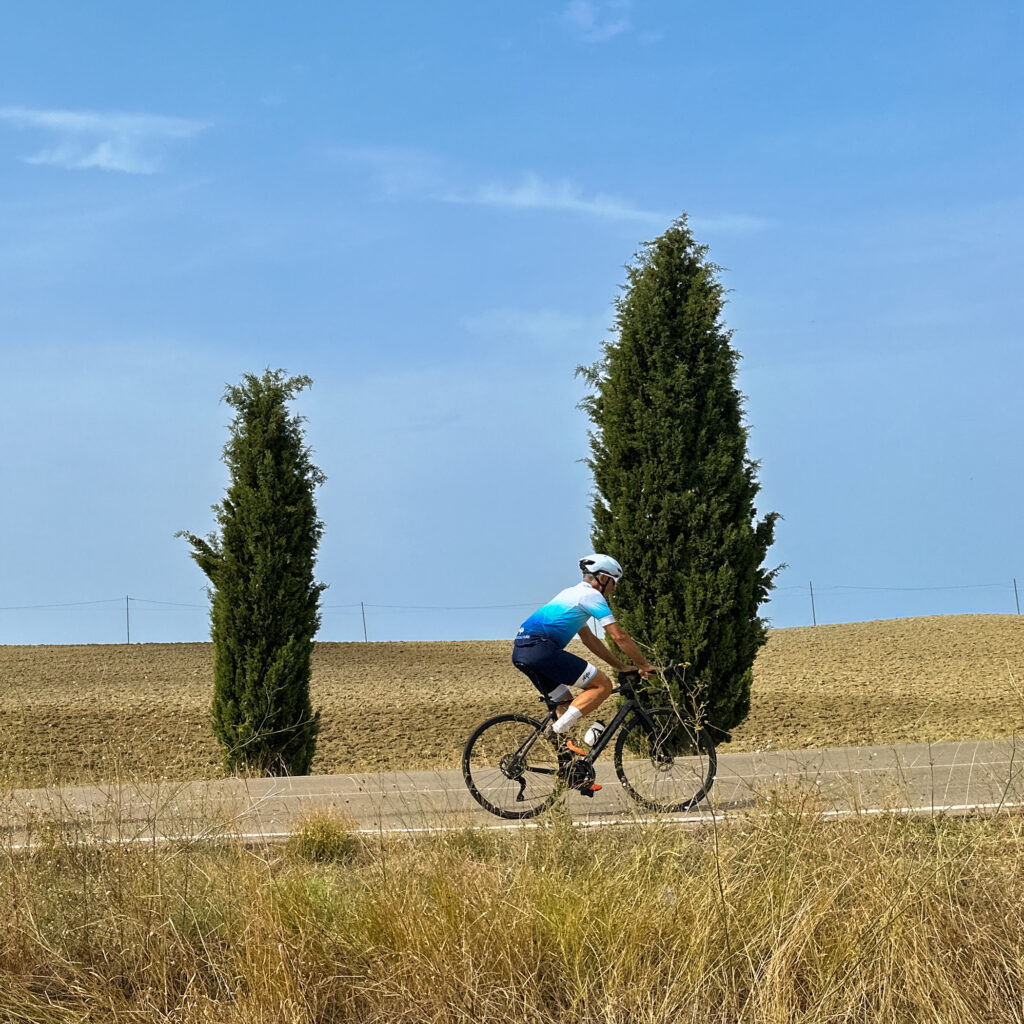
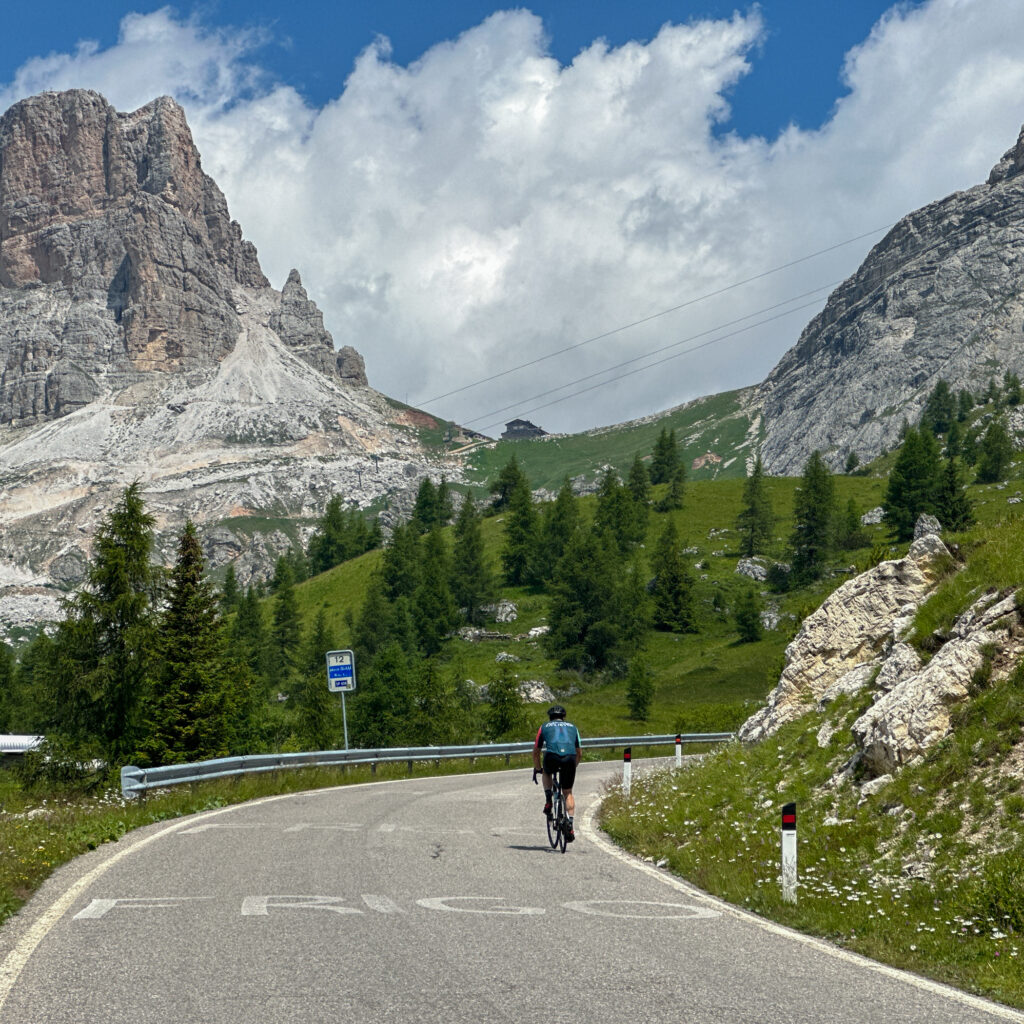
3. How different is the terrain?
Both tours are challenging, and the terrain is so different.
Most of the climbs in Tuscany sit between 4-8km in length and have an average gradient of between 5-7%, with little pinches hitting up to 16% in some places. These are still challenging, day after day, but at the end of each climb, there are beautiful free flowing descents with only a few technical corners. The vistas from the endlessly winding roads of vineyards, olive groves, stone hamlets perched atop hills and perfectly straight cypress pines marking the driveways and borders of ancient villas, is simply beautiful. It is postcard scenery, with every day a different scene being delivered.
The Alps and Dolomites have longer climbs that are anywhere between 8- 26km long, with average gradients between 6 – 12%. The Mortirolo and Passo Giau are two climbs that are 10km long and have average gradients that are 10.8% and 9.4% respectively. During the course of the tour, you will regularly ride above 2000m and the descents are a phenomenal rush of super sharp hairpin corners until you hit the valley floor, and then do it all again. The views from the road are nothing short of panoramic perfection, with mountain peaks all around and the twisting ribbons of tarmac below. It is simply breathtaking.
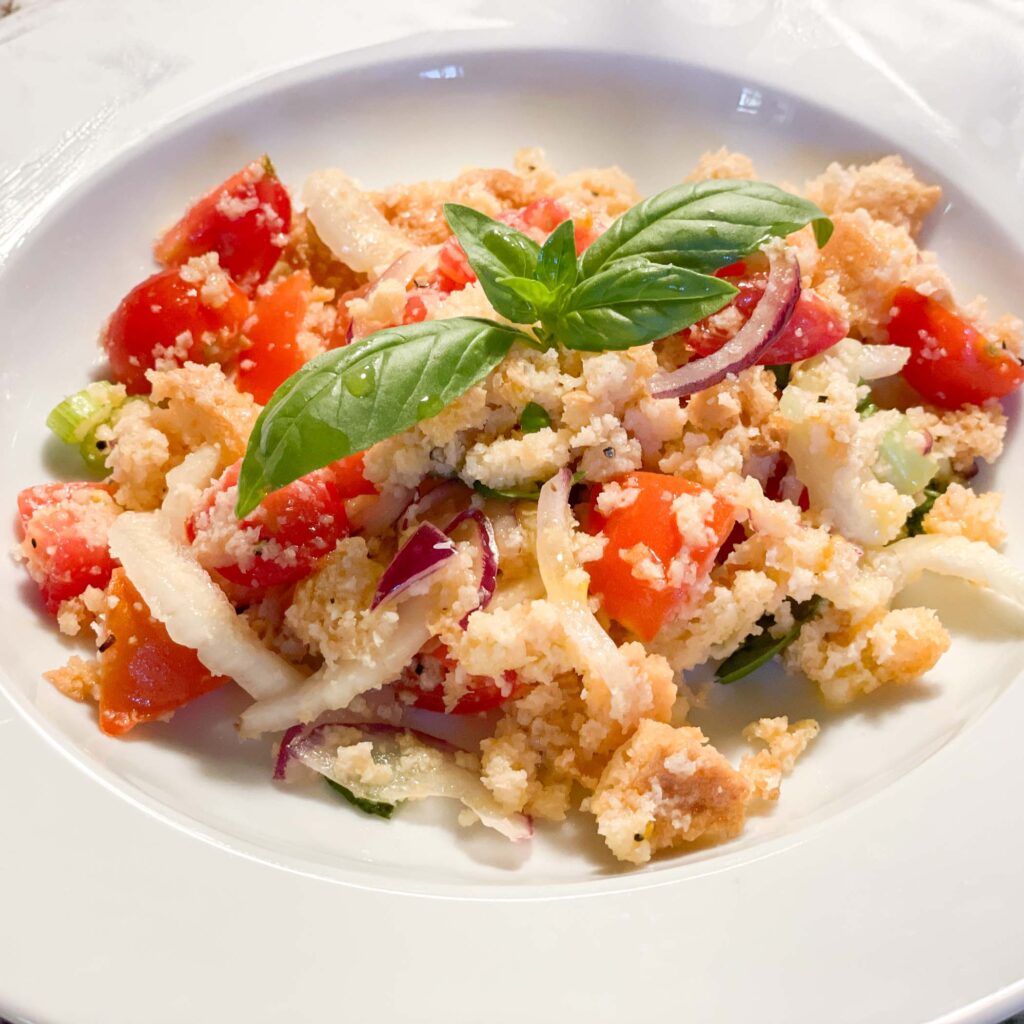
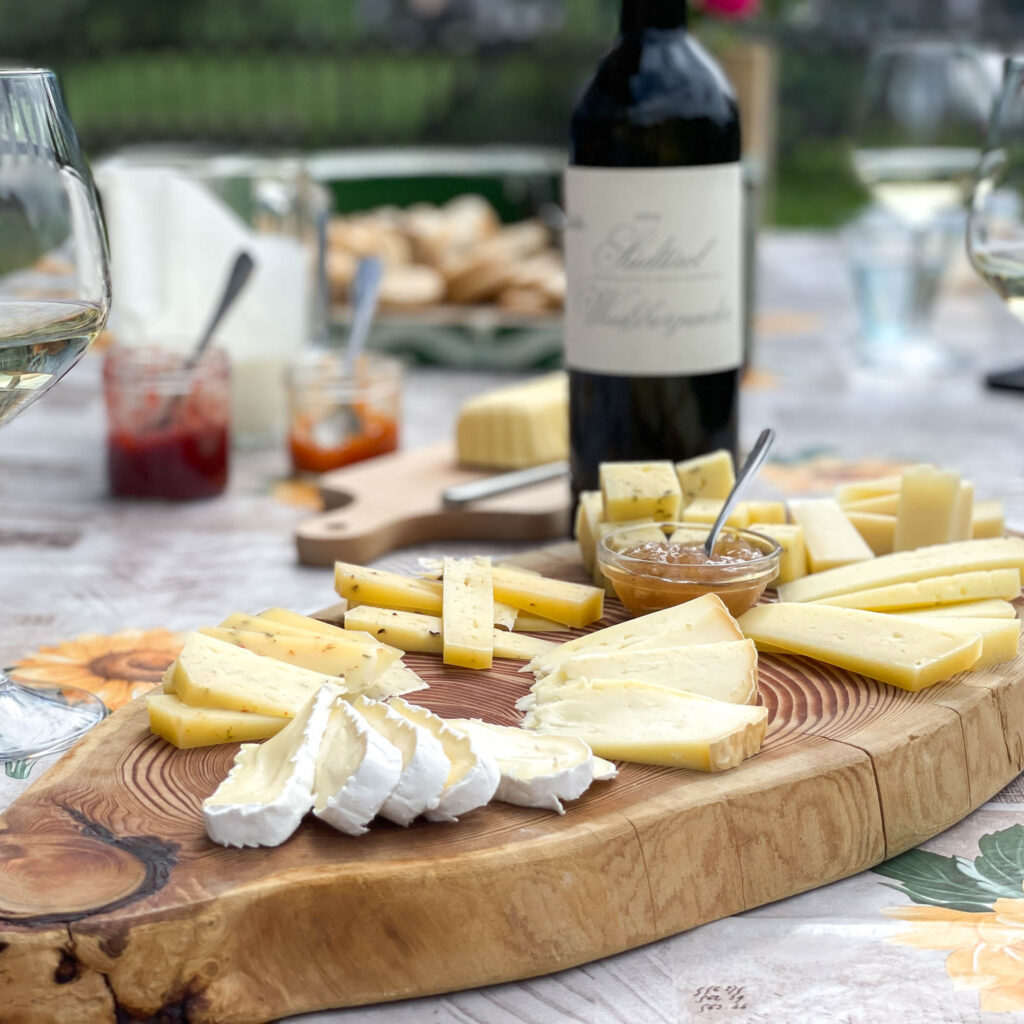
4. What can you expect from the food and wine experiences?
The differences keep on flowing from the bike and onto the table.
During our Tuscany tour, the wines are all about Chianti Classico, Rosso di Montalcino and Vernaccia di San Gimignano. The first two are different expressions from the sangiovese grape in two regions that are 60km apart, and the Vernaccia di San Gimignano is only made in San Gimignano and is regarded as one of Tuscany’s premier white wines.
Heading north on the Como Stelvio and Dolomites tour, the wine experience takes in Valtellina Superiore Inferno, made from Nebbiolo, before we gain a little more altitude for the Gruner Veltliner, which is the least planted variety and delivers a crisp mineral driven vino bianco, and finally Lagrein, a red wine grape native to the Dolomiti valleys which is an intense fruit driven drop with a velvety finish.
All of these very local wines pair effortlessly with the regional food. In the mountains, the cuisine is heavier and more robust, with a greater use of cheeses, game, and polenta. Some of the mountain tastes sensations are gnocchi served with mountain butter and smoked ricotta, speck, which is smoked and cured pork, and the delicious canederli, speck and bread dumplings in a barley soup.
In Tuscany, there is a greater freshness and balance between locally grown vegetables, ancient grains, pasta and meats. One of the most famous Tuscan dishes is the Bistecca alla Fiorentina, and with this is served white beans cooked with sage, and depending on the season, fried artichokes, porcini mushroom or a panzanella, a salad of tomatoes, bread, olive oil and basil. Simply delicious.
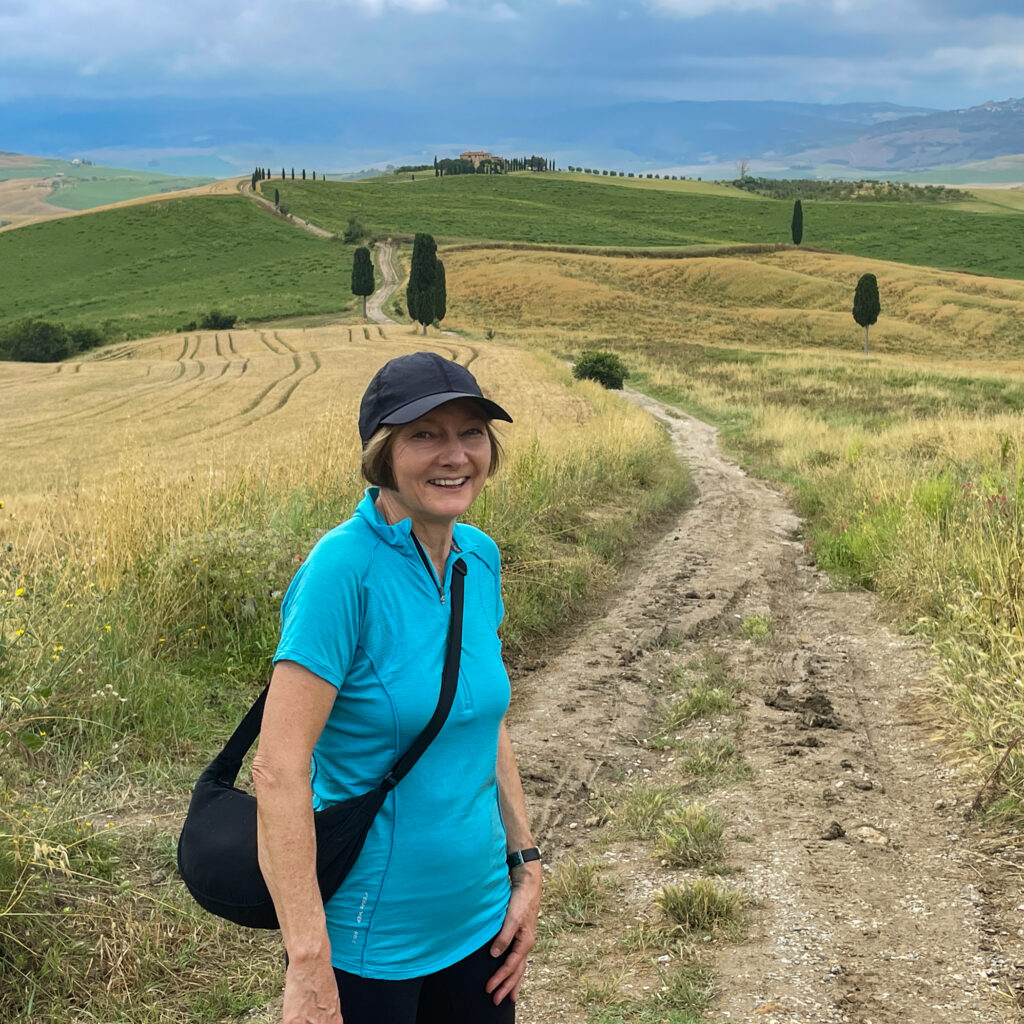
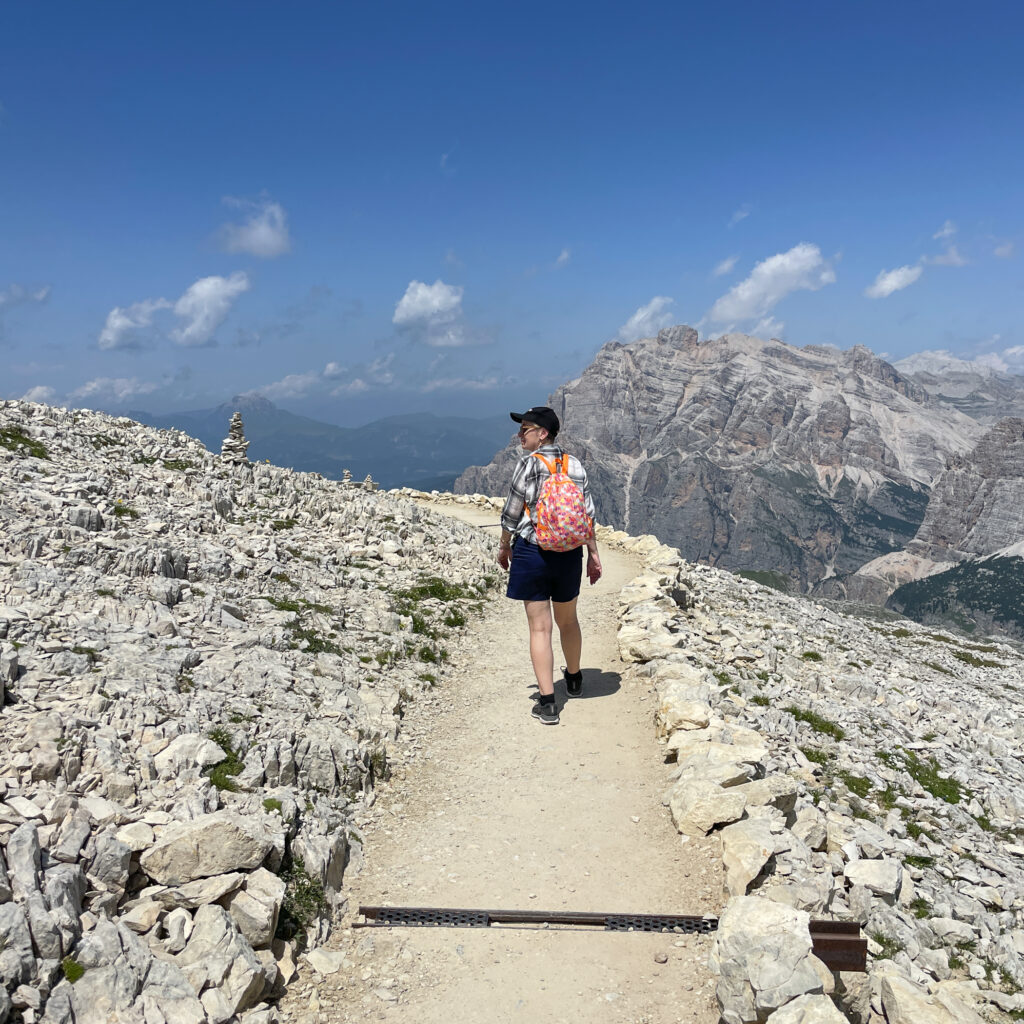
5. How do the non-riding programs differ?
Our non-riding partner programs across Tuscany and the Dolomites are quite different because the regions are so different, however we always aim to curate experiences which leave our non-riding partners feeling immersed in the regions we are in, and so some of the experiences are similar, regardless of which region we are in.
We believe immersion is in learning about the history and culture from locals, so we do guided walking tours of Siena and San Gimignano in Tuscany and around Lake Como on our Dolomites tour. It’s also about developing new skills or an appreciation for how food is produced, so we engage in local cheese tours and tastings in Pienza in Tuscany, and with a Ladin family in the Dolomites. There is also the option for a cooking class in Tuscany. Finally, it’s about taking in the beautiful landscapes and being adventurous on foot – so we always include day hikes/walks of the stunning areas we are in – and this is where the two tours really become quite different. In Tuscany, we include 2-3 explorations/hikes of the different areas we visit (all of which are optional), whereas on our Dolomites tour, we are in the mountains for much of the tour and so hiking is a big component of this non-rider program – because in the Alps and Dolomites, it’s all about being active and adventurous. Here, we include 4 hikes, 2 of which are led by local guides who take us above 2000m and which give us the most incredibly immersive experience of the landscapes we are in – for the lover of hiking, photography and being in nature, these hikes are just magical.
We hope that by outlining the differences of each of our Tuscany and Dolomites cycling tours, it will help you work out which is more suited to you. If you’re keen to join us and have further questions, please reach out via email anytime or call us on +61 410 651 573.

